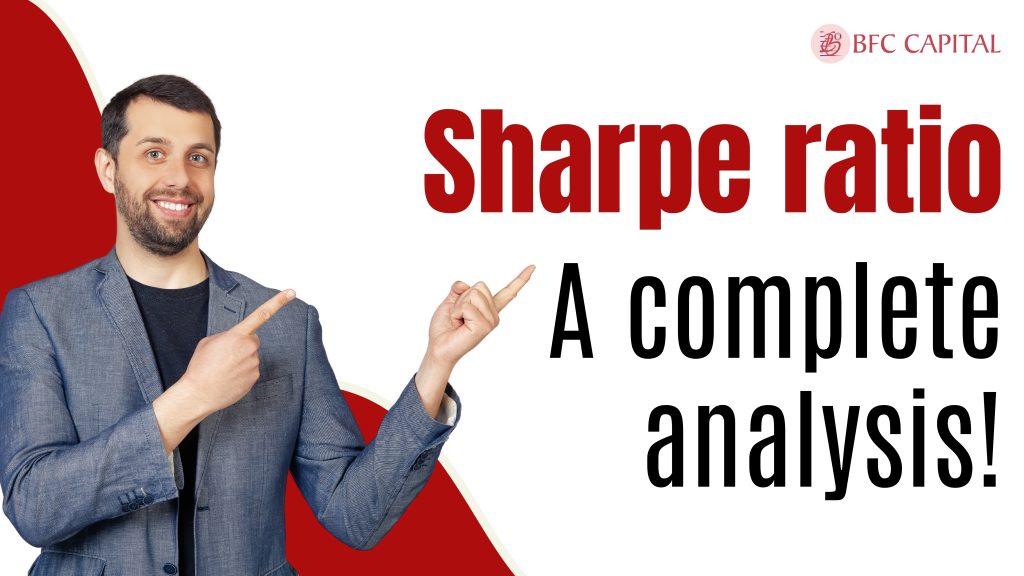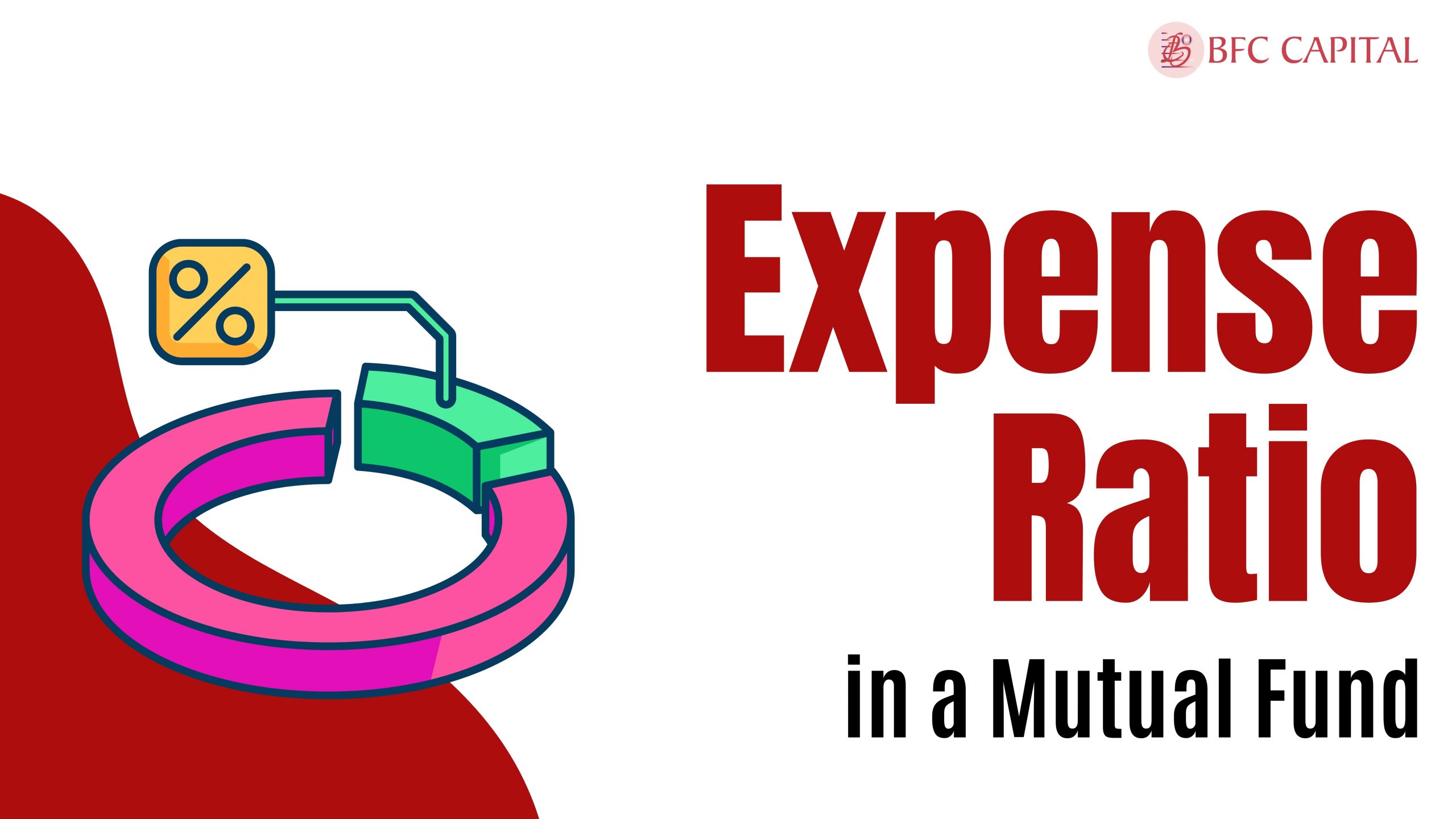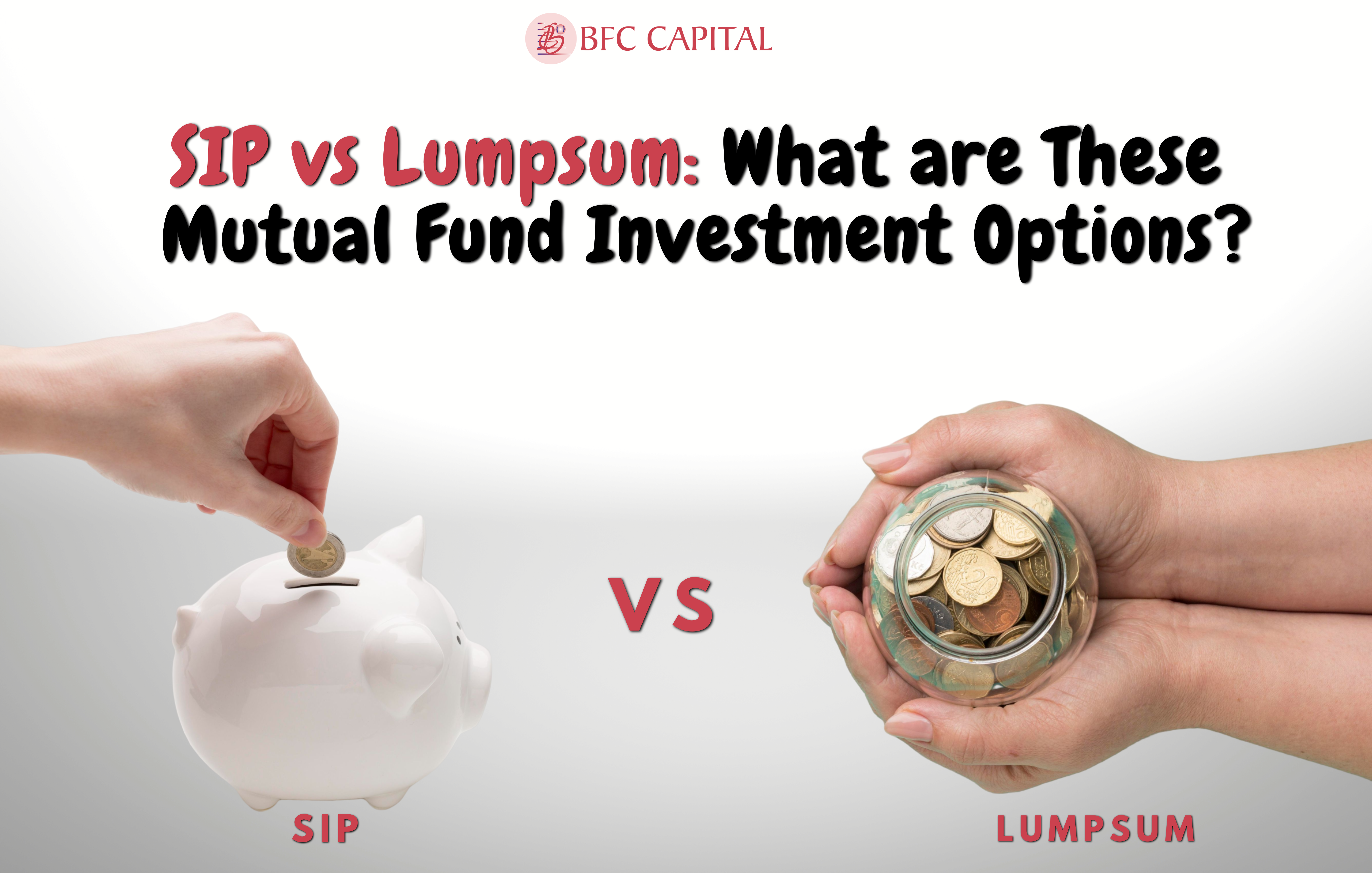
Sharpe Ratio
In terms of investment, especially mutual funds, it is important to know the devices that will assist you in evaluating how well your portfolio is doing. One of these devices includes Sharpe ratio; despite its seeming complexity, it is very useful for starters and professionals alike. The blog will focus on the Sharpe ratio, its formula, the method used to arrive at this ratio value, and the importance of this ratio on investment. Let us dive into what Sharpe Ratio looks like by examining its formula, calculation process, and importance to portfolio performance evaluation for savers.
Table of Contents
Understanding the Sharpe ratio
The Sharpe ratio is an indicator of risk-adjustable returns named after Nobel laureate William F. McCarthy. The primary purpose of this measure is to find out how much of an extra profit you receive for taking increasing levels of risk. It indicates that more return per unit of risk is received as the Sharpe ratio increases.
In simple phrases, if you invest in a mutual fund, then the Sharpe ratio shows you how many returns you are getting for each level of associated risk. This way, one can compare different funds despite their differences in terms of riskiness.
The Formula for Sharpe Ratio
The Sharpe Ratio formula is relatively straightforward:
Sharpe Ratio = (Rp – Rf)/σp
Where:
R_p is the expected portfolio return.
R_f is the risk-free rate of return (often represented by the yield on government bonds).
σp is the total risk of the portfolio, sometimes referred to as the excess return standard deviation.
Breaking Down the Components
Expected Portfolio Return (R_p): This is what you think about when investing for a certain period. In mutual funds, it may also be a historical return or predicted return depending on previous fund performance.
Risk-Free Rate (R_f): This is the rate that we typically can be seen as the income earned on government stocks or Treasury notes since they are not expected to fail.
Standard Deviation (σp): This defines how volatile or risky your assets may be. Greater volatility signifies greater uncertainty in obtaining the expected return from an investment.
Example for calculating Sharpe Ratio
Suppose you have a mutual fund with an expected annual return (R_p) of 10%, a risk-free rate (R_f) of 3%, and the standard deviation (σp) of the fund’s returns is 15%.
Using the sharpe ratio formula of finding Right Value.
Sharpe Ratio = (10% – 3%) ÷15%
Sharpe Ratio = 7% ÷ 15% = 0.47
What is a Good Sharpe Ratio – A Sharpe ratio of 0.47 indicates that for each unit of risk assumed, a return exceeding it by 0.47% is earned. Although this is a positive Sharpe ratio, normal investors prefer a larger ratio implying better-adjusted profitable returns against risks.
Significance of Sharpe Ratio:
- Investments Comparison: The Sharpe ratio ranks different investments among themselves to serve as a basis for comparison for investors.
- Managing Risks: If investors would benefit from greater returns that have already been achieved, then they may consider whether or not taking on more risks would pay off. For example, one could say that a low Sharpe ratio means that too much risk is involved for an expected level of profit.
- Evaluating Performance: This ratio, which is referred to as the Sharpe ratio, is commonly used by fund managers in their performance assessment process. It indicates the amount of return produced by the manager with respect to risks taken, thus making it bullish when higher.
Limitations of the Sharpe ratio
While the Sharpe Ratio is a powerful tool, it does have some limitations: So check very carefully limitations of sharpe ratio.
- Focus on Standard Deviation: The ratio is based on a total risk—the standard deviation—but doesn’t distinguish between good risk (volatility on the upside) and bad risk (volatility on the downside). Speculative risk takers would be more concerned with downside risk, and, in such circumstances, the Sortino ratio may be more suitable.
- Sensitive to Time Periods: One of the most important characteristics of the Sharpe Ratio is that the value of this coefficient may differ to a very big extent depending on the time interval used when calculating this coefficient. A fund might have a high Sharpe ratio of the last year and a low Sharpe ratio if looked at a five-year period, suggesting the fact that the ratio is sensitive to the period used in the analysis.
Practical Application: Comparing Two Funds
Let’s assume you have two different mutual funds in your mind, and you need to make a choice on where to put your money. One prediction about Fund A shows that it could provide as high as a 12 percent return even if the person who is investing assumes there is no possibility for loss, which is 3 percent. The value deviation of this fund’s return can be up to 18 percent. On the other hand, the projection for Fund B states that it should give out 10 percent expected returns when one assumes no risks, and three percent is what remains constant. It has a
standard deviation worth at most 12 percent, which makes it less favorable compared with A considering these rates of return, respectively.
Calculating the Sharpe ratios:
Fund A:
Sharpe Ratio = (12% – 3%) / 18% = 0.5
Fund B:
Sharpe Ratio = (10% – 3%) / 12% = 0.58
Even though Fund A’s anticipated yield is greater than that of Fund B, it is observed that the latter has a higher Sharpe Ratio, therefore making it provide improved risk-adjusted earnings. In this case, if you’re interested in striking an equilibrium point amid risks and returns, then you should probably go for Fund B as your option.
Conclusion
The Sharpe Ratio is therefore useful for investors when it comes to the assessment of the amount of excess return per unit of risk of a portfolio. In this respect, it breaks down disparity between different investment opportunities and enables one to make the right decision. Nevertheless, as with any financial ratio, it has to be applied together with other methods and assessments in order to obtain the most sufficient picture of your investments.
After going through the information given above about Sharpe Ratio, it is easier for an investor to comprehend the volatility and fluctuations in the stock market and, therefore, improve the portfolio performance in the long run.
Contact us via Phone, WhatsApp, or Email to learn more about mutual funds, or visit our website. Alternatively, you can download the Prodigy Pro app to start investing today!
Disclaimer – This article is for educational purposes only and does not intend to substitute expert guidance. Mutual fund investments are subject to market risks. Please read the scheme-related document carefully before investing.

Assistant Vice President – Research & Analysis
Akash Gupta heads the Research & Analysis department at BFC CAPITAL, where he combines in-depth market insights with strategic analysis. He holds multiple certifications, including:
- NISM-Series-XIII: Common Derivatives Certification
- NISM-Series-VIII: Equity Derivatives Certification
- NISM-Series-XXI-A: Portfolio Management Services Certification
- IRDAI Certification
With his expertise in equity, derivatives, and portfolio management, Akash plays a key role in providing research-backed strategies and actionable insights to help clients navigate the investment landscape.







